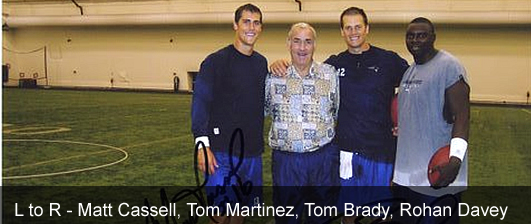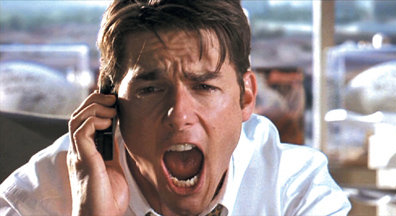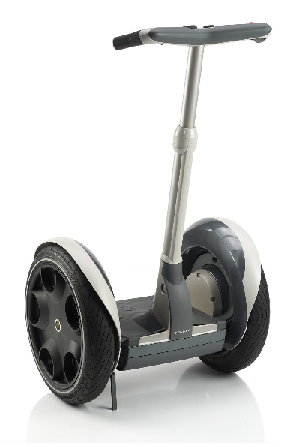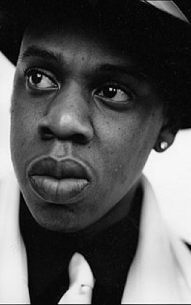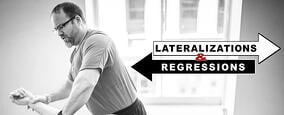Just in case you missed it, earlier this week 19 Oregon Football Players were hit with a “very weird” illness after a workout session. One doctor called it a compartment syndrome, I’m guessing this one smells a bit more like Exertional Rhabdomyolysis (RAB-DOE-MY-O-LIE-SIS) or Rhabdo.
What is this strange animal you may ask? Simply stated, Rhabdo is a rapid breakdown and destruction of skeletal muscle resulting in the release of muscle fiber contents or myoglobin into the bloodstream. Symptoms include:muscle pain, weakness and swelling along with cola colored urine.
No problem right? That’s how you build big muscles, you tear um down first to then build them bigger and better! What doesn’t kill you makes you stronger!
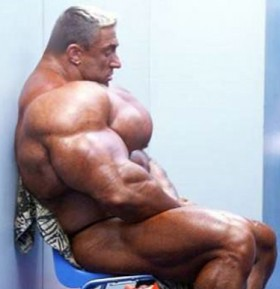
Well, not exactly. You see, Rhabdo can ultimately lead to death via kidney failure.
So what causes Rhabdo?
The list includes but not limited to:
• muscle trauma or crush injury
• severe burns,
• physical torture or child abuse
• prolonged lying down on the ground (people who fall or are unconscious and are unable to get up for several hours)
• prolonged coma,
• severe muscle contractions from prolonged seizures
• cocaine use with related hyperthermia (increased body temperature),
• extreme physical activity (running a marathon),
• low circulating phosphate, potassium, or magnesium levels in the blood (electrolytes)
• prolonged drowning or hypothermia (low core body temperature)
• lack of blood perfusion to a limb
Pretty extreme stuff isn’t it? Here is some more info: http://www.bsmpg.com/exertional-rhabdomyolysis
Other contributing factors include: initial fitness level at the beginning of a training program, extreme heat and levels of dehydration.
Now I wasn’t in Oregon this week, nor do I have any additional information regarding the type of training these young men were doing and for the purpose of this rant it doesn’t matter. My only goal is to provide a basis for conversation between your Sports Medicine and Performance Departments on how to recognize the onset of Rhabdo, and better yet avoid it all together. And although there’s plenty of football and hockey dads out there that pay good money to coaches around the country to make their kids puke during workouts, I hope that a culture of “superdiscipline” and common sense instead becomes the standard conditioning test this fall.
Now drop and give me 500!
Art Horne is the Coordinator of Care and Strength & Conditioning Coach for the Men’s Basketball Team at Northeastern University, Boston MA. He can be reached at a.horne@neu.edu.
